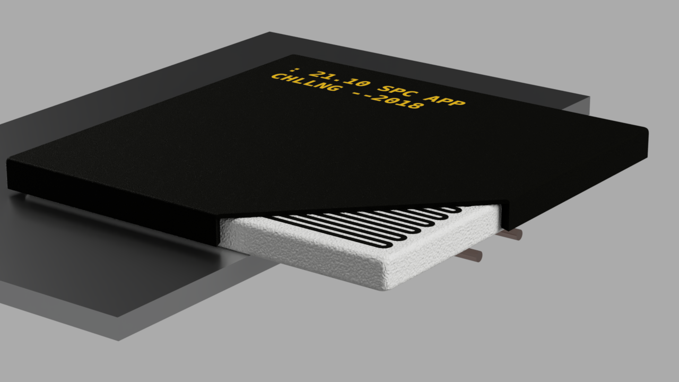Sylar | Design by Nature
Awards & Nominations
Sylar has received the following awards and nominations. Way to go!
Global Nominee
The Challenge | Design by Nature
Design an autonomous free-flyer to inspect a spacecraft for damage from Micro-Meteoroid and Orbital Debris (MMOD).
SKIN, a Sensitive Kinetic Intelligent Net
Inspired by the internal structure of the human skin we have tried to make proprioceptive the TPS' tiles. When an impact breaks the borosilicate cover, it breaks the resistance wire placed immediately under it, opening the circuit and triggering the alarm

TheChallenge |Design by Nature
Introduction
Let'sstart by defining some premises for a better understanding of thesituations that we will analyze in this presentation.
Thechallenge is to optimize the development of an extravehicular flyingobject inspired by the natural world, which must be able to inspectthe external structure of a spacecraft (e.g. Space Shuttle) in thequickest and most effective way.Accordingto the latest products produced, the thermoprotectiveceramic coatinghas three characteristics:
Inspiredby nature
Ifwe think of what is the "hardware" instrumentation that thehuman body uses to locate a critical area like a wound, we mustnecessarily lead back to a structure similar to our skin. Dividedusing the fractal method, each of its epithelial cells is organizedinto tissues, which are arranged to form the skin - the largest organof our body.
Inthe same way, the nervous tissue that comes out of it is arranged inbundles that become axons. These finally run along the spine in orderto reach the centralnervous systemmore quickly and efficiently, responsible for processing the data.
Amongthe various functions of the skin we recall the most significant:
Itis usually divided into:
SKIN– Sensitive Kinetic Intelligent Net
Asseen in the introduction, the Space Shuttle uses a thermal protectionmodule consisting of individual cells, divided in:
Fromnow on we are going to consider these two layers assimilated to theDermis and Epidermis of S.K.I.N.
Leavingthe shield as designed, it already provides two of the three mainfunctions of the skin:
Thegoal is to implement a sensory capture method on HRSI tiles, withoutchanging the fundamental structure of the shield or fuselage, makingsure not to damage the main structure, and adding less weightpossible to the vehicle.
Theconstruction of the electrical system at the base of the project willalso take into account the beam structure of the CentralNervous System,to optimize the transfer of information.
Thedamagedetection mechanismworks as follows:
Acoil like the one shown in the figure is placed at the interfacebetween the foam and the borosilicate coating. It represents theresistance of an RLC circuit designed to be closed and oscillating.
Followingan impact phenomenon the continuity of the track is interrupted byopening the circuit and triggering the alarm signal.Wetook inspiration from the functioning of the animalepidermis in the form of freenerve endings: following a damage tothe cortical surface, the penetration into the dermis of an externalcompotent stimulates or damages these terminations by sending adanger pulse first to the cerebellum (to activate the reflected arc)then to the brainto process the data of the event just happened.
Bibliography
SpaceApps is a NASA incubator innovation program.